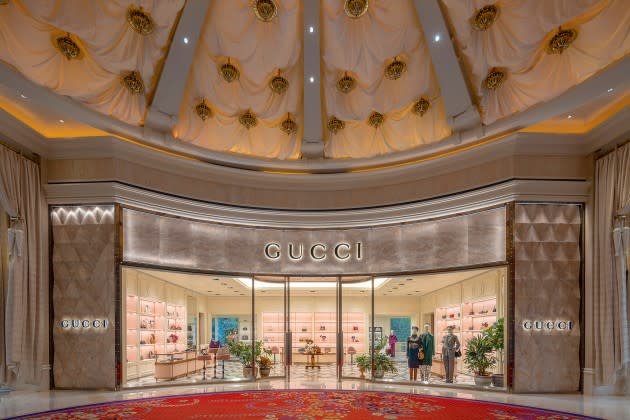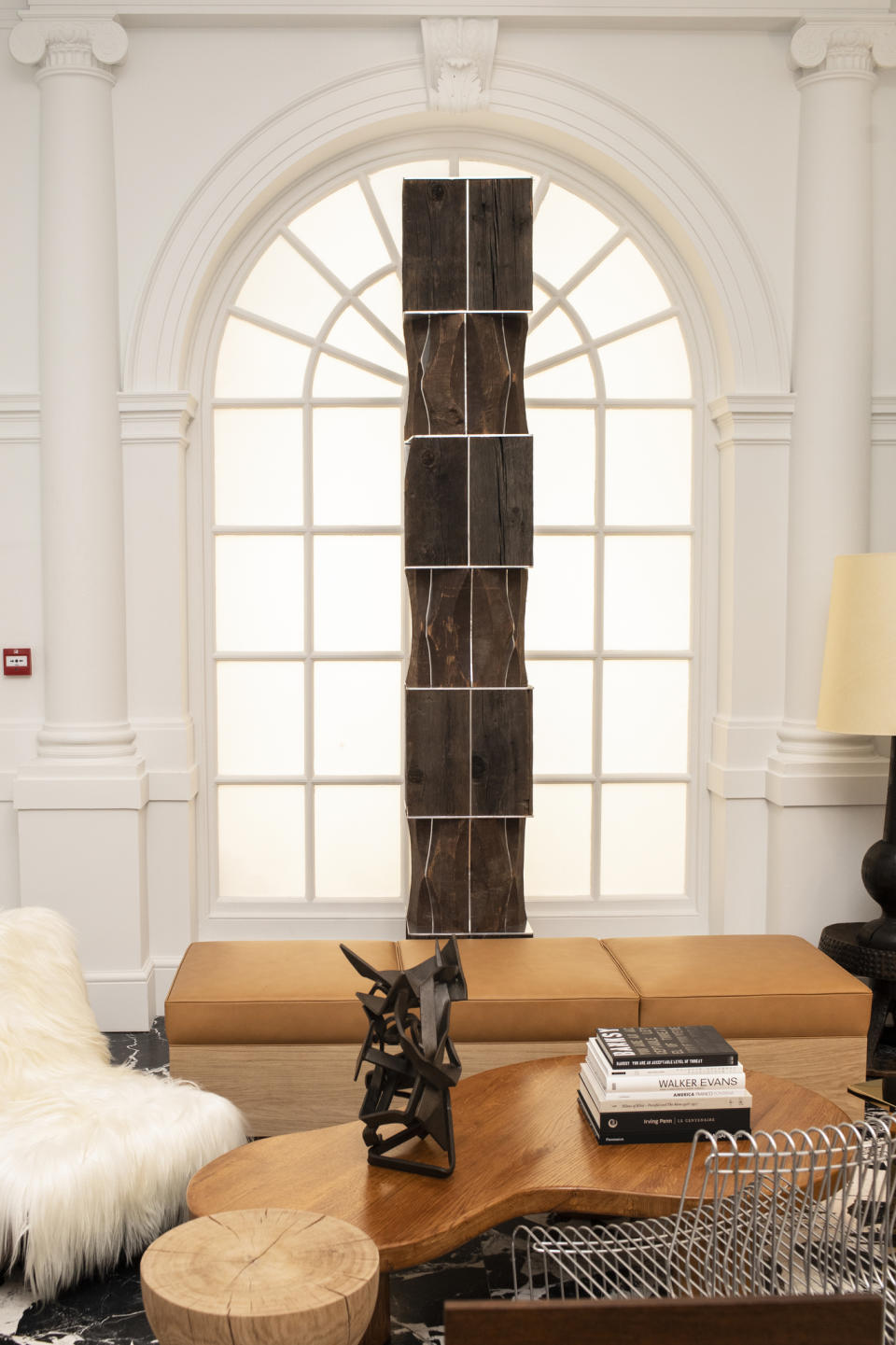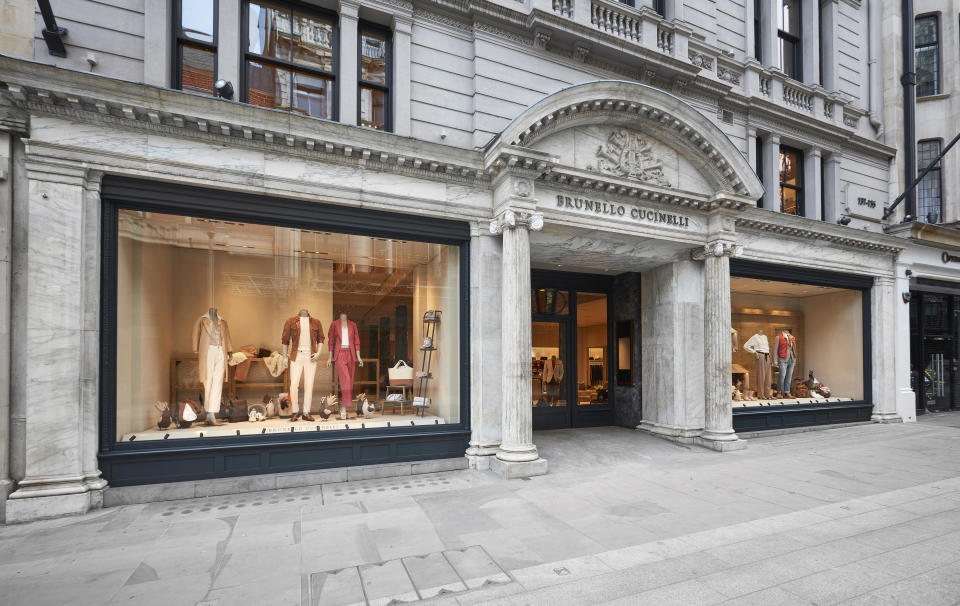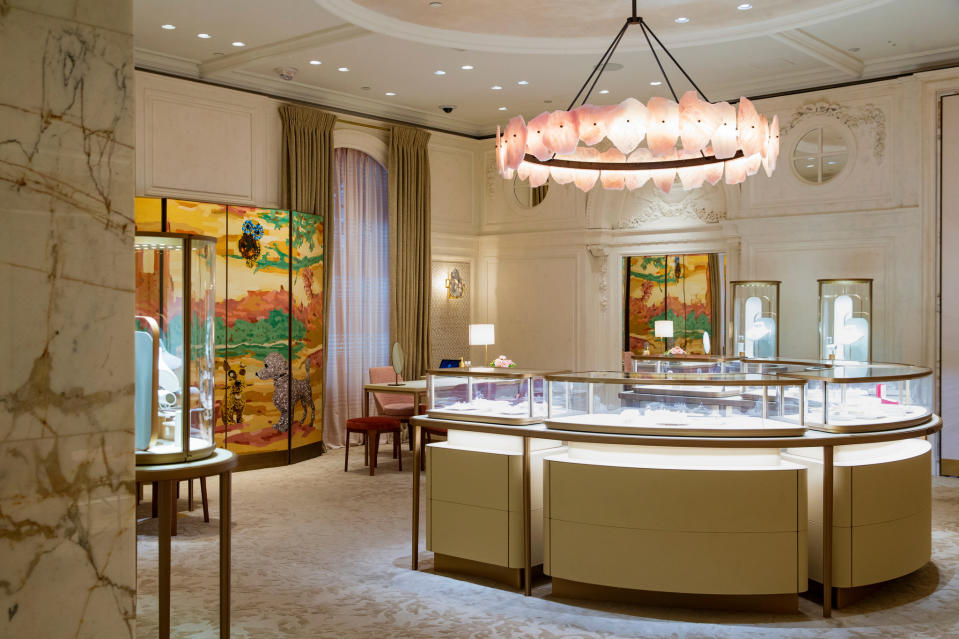Manhattan’s Fifth Avenue Tops Cushman & Wakefield’s New Retail Ranking

LONDON – Fifth Avenue in Manhattan is the world’s most expensive retail street, followed by Tsim Sha Tsui in Hong Kong and Via Montenapoleone in Milan, according to Cushman & Wakefield, which on Wednesday will publish its first major retail report following the lifting of COVID-19 lockdowns in most of the world.
The real estate services firm tracked 92 cities through the third quarter of 2022 and ranked them based on average annual rents per square foot using its proprietary data.
More from WWD
On Fifth Avenue, the average rent is $2,000, followed by Tsim Sha Tsui in Kowloon, Hong Kong at $1,436. The street has replaced Causeway Bay as the territory’s representative in the rankings.
In third place is Milan’s Via Montenapoleone at $1,380. For the first time, the Milanese strip, home to myriad luxury brands, has become Europe’s most expensive shopping street ahead of New Bond Street in London, and Avenues des Champs Élysées in Paris.
New Bond Street is the fourth most expensive street globally, and the second most expensive shopping street in Europe. Prices per square foot are almost double those of the next most expensive shopping street in U.K., London’s Sloane Street.
New Bond Street, which got a major boost earlier this year from the opening of the speedy new Elizabeth Line train, is the only U.K. street to feature in the official global ranking.
The report noted that New Bond Street is “by far the most expensive street to locate a shop in the U.K.,” with average prime rents standing at $1,361 per square foot, more than double that of Sloane Street at $607.

The report, “Main Streets Across the World,” first launched in 1988 and was an annual publication until 2019, just before COVID-19 struck. This report offers insight into retail real estate before and after the pandemic transformed the industry.
Robert Travers, head of EMEA Retail at Cushman & Wakefield, said: “The industry has been through one of the biggest stress tests imaginable over the past few years, but best-in-class retail real estate has remained robust. While we now face new economic challenges, the conversation has shifted from pessimism to retail´s omnichannel evolution.
“Many brands are playing the long game, and seeking to secure prime opportunities to adapt to ever-demanding customer needs. With further investment in high-quality, in-store experiences and advances in omnichannel approaches, we are confident in the resilience of the sector, particularly at the luxury end, and in key global destination cities,” Travers added.
The report highlights that rents across global prime retail destinations declined by 13 percent on average at the peak of the COVID-19 pandemic, but have subsequently rebounded to just 6 percent below pre-pandemic levels. Global rental growth over the past year has averaged 2 percent, but has varied tremendously.
Asia-Pacific was the most impacted region during the pandemic period with rents falling 17 percent on average, mainly due to border closures affecting prime international tourist destinations. In Europe and the Middle East, rental declines averaged 11 percent, while the decline in the Americas was 7 percent, “due in part to supportive fiscal policies and domestic migration patterns boosting buying power,” the report said.
Global retail market rents have recouped approximately 50 percent of their losses since the lowest point of the pandemic. The report said much of that improvement occurred through 2021 and into early 2022 before global economic headwinds started to negatively impact markets over the past six months.
In Europe recovery has, and will continue to be, challenged by inflation, which has been impacting consumer demand and retailers alike, the report said.
Cushman & Wakefield added that despite the challenging near-term economic outlook, it has witnessed a wave of newcomers entering the market and exploring physical retail. Over the last 18 months, 75 percent of the retail transactions that Cushman & Wakefield represented in Europe and the Middle East were new leases, “highlighting the value retailers place on a physical presence,” the company said.
The report noted that London retail is still operating below pre-COVID-19 rental levels, and there is “considerable variation” within the city, as evidenced by rents in New Bond Street, which are 11 percent below pre-pandemic levels, while Covent Garden is 30 percent below. Similar variations within metro areas exist across other top-tier cities, the report noted.

Bond Street, which comprises Old Bond, nearest to Piccadilly on the south end, and New Bond, close to Oxford Street on the north end, has its very own ecosystem, powered by the competing luxury groups.
Cushman & Wakefield said the 144 stores dotted along Bond Street come with a “unique dynamic, with certain sections performing vastly different to others.” Normally, rents are dictated by the level and quality of available space and location. By contrast, “on New Bond Street [rents are] based on who your neighbors are.”
Typically, the jewelry quarter on Bond Street comes with the most expensive rents, averaging 2,150 pounds per square foot in the current climate. The top of the street is the “cheapest,” housing most of the vacant stores, although that number is declining, the report said.
The middle section of Bond, which starts at Conduit Street and ends at Maddox Street, is “an up-and-coming area.” Cushman & Wakefield said it expects to see 20-30 percent growth in asking rents over the next 12 months as fashion brands seek “bigger stores and better value.”

Peter Mace, head of Central London Retail at Cushman & Wakefield, argued that New Bond Street has recovered “exceptionally well” in the last 12 months despite COVID-19 putting the stops on international tourism.
“While inflation and consumer confidence offer fresh headaches for the sector, retailers on New Bond Street are better positioned to weather the storm as luxury shoppers have proven to be less impacted by previous recessions. Favorable exchange rates and slightly lower rents may also attract new luxury brands to set up shop,” Mace said.
He added that a more complex picture is emerging on New Bond Street.
“We are seeing several relocations from within the street, or from luxury brands that were based nearby. Many are looking to move to the middle section, to be close to Gucci, which is moving there next year. Gucci’s gravitational pull highlights New Bond Street’s unique dynamic where luxury brands want to keep their friends close, and their competitors closer,” he said.
The company said it is “confident” in the further recovery of New Bond Street in the coming months.
As reported last year, Gucci will be moving from its longtime corner site on Old Bond Street to 144-146 New Bond Street. Gucci will be moving into a 16,000-square-foot space, although it has not yet confirmed when the store will open.
There is currently an aqua-colored hoarding up with the Gucci logo.
Trophaeum Asset Management, which owns most of Albemarle Street, other properties on New Bond Street, and chunks of prime space around London, purchased the retail block in February 2020 from a firm controlled by the banker Joseph Safra.
Trophaeum paid 130 million pounds for the building, which currently houses Halcyon Gallery on the ground floor.


